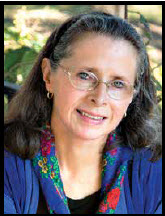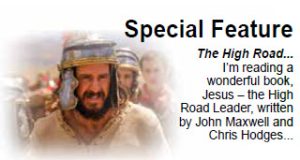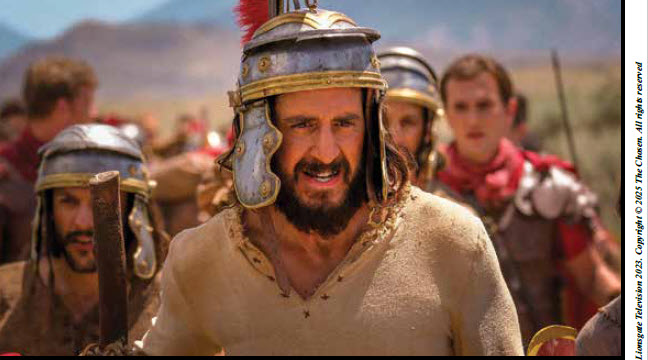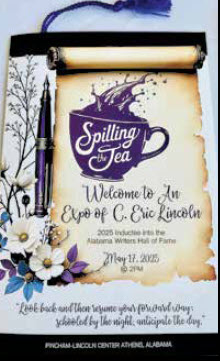 By: Ali Elizabeth Turner
By: Ali Elizabeth Turner
On April 18, 1906, an earthquake and fire leveled much of San Francisco, leaving 700 people dead. On the same day, a different type of earthquake and fire hit in Los Angeles, and it dealt out, in my view, what became the kill shot to Jim Crow. It was the Azuza Street Revival, and one of its leaders was a one-eyed African-American Louisiana preacher by the name of William Seymour. “Azuza Street” as it became known, swept, gripped, and changed the fabric of American Christianity and that of the rest of the planet. It was “noised abroad” all over our country and around the world, and nearly everything you have ever read about in the Good Book happened there. Most importantly, it was one of the strongest statements on record that God is indeed “no respecter of persons.”
Whenever there is a true revival, there is always a corresponding social issue that gets exposed and addressed. For example, the 2nd Great Awakening under Charles Finney dealt with slavery. As it happened, I attended Oberlin College, which was founded by Finney. On campus there was still a dormitory that had a trap door in the floor that hid slaves during the days of the Underground Railroad. The Welsh revival under Evan Roberts dealt with alcoholism. The Hebrides revival after WWII tackled alcoholism, post-war apathy, depression, and a general personal lack of purpose. Jesus People went after drugs and more. Azuza Street, I think it can be argued, proved categorically that people of every color were made to worship God and love each other in the same room, whether humble or lavish.
William Seymour was born and raised in Louisiana in1870, in desperate post-war poverty. When he went to God’s Bible School & College in Houston, because of the Jim Crow laws in place, he had to sit outside the room while he learned. Clearly his love for God and determination to do what God asked him to do was a whole lot stronger than the hypocrisy with which he was dealing, and his love for people no matter how he was treated was something for which Seymour was known all his life. Seymour was called to Los Angeles to pastor a small church, and to say that Azuza Street occurred in humble surroundings is an understatement. At the end of the day, nobody cared; they just wanted God.
Seymour worked with two other men who happened to be White, and together they changed history. Frank Bartleman was a Los Angeles-based journalist and holiness preacher who had been affected by the Welsh Revival. He had written Evan Roberts, the leader of the Welsh revival, and asked for prayer that God would save California. I think that was and is still a timely request. The other man was Charles Parham, who was also a Holiness preacher and revivalist out of Kansas.
As remarkable as that outpouring was outwardly, the men were bound together with such love and mutual respect that they had an agreement with each other that I find utterly mind-boggling. They gave each other permission, if, in the middle of the service they felt that what was being preached or ministered wasn’t quite spot-on with what the Holy Spirit wanted to accomplish, they could say, “Sit down, brother, you are not anointed!” Can you imagine that happening anywhere in any church today? More pointedly, can you imagine it happening interchangeably between one Black man and two White men in 1906? Now, that was an ego-shattering earthquake with a resulting fire of love that demolished de-humanizing hatred, and it was clearly not the result of social engineering. So, people get ready, it’s fixin’ to come through again like a freight train, and not a moment too soon.










 June 20, 2025
June 20, 2025



